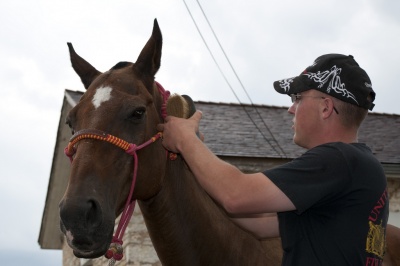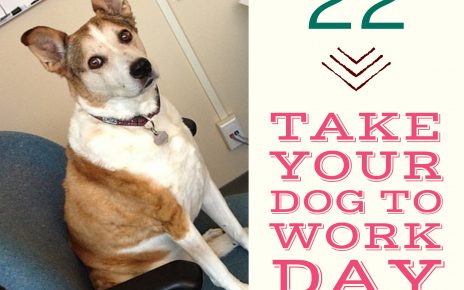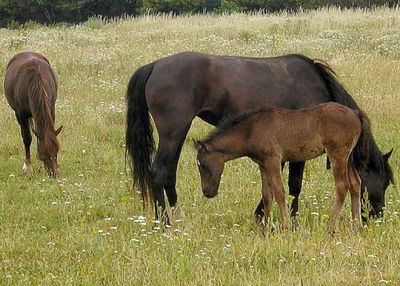
Animal therapy – horses, dogs, cats, even elephants and dolphins – is used today to help people, young, old and in between , work through their problems both physical and emotional.
Therapy with horses can help children and adults with a variety of physical, psychological and emotional problems. Equine therapy began as treatment for people with traumatic injuries. It is now used to treat the physically handicapped, PTSD, ADHD, other psychological disorders, grief, depression, anxiety, anger management, addictions.
Some of the physiological benefits of equine therapy are lowered blood pressure and heart rate. Some of the psychological benefits are decreased stress levels, reduced feelings of anger, hostility, tension and anxiety, improved social functioning, and increased feelings of empowerment, trust, patience and self-esteem. Children who are not willing to accept closeness and affection from other people may be able to accept them from a horse. The child will gain skills such as patience, understanding, attention, forgiveness and consistency.
A study in the Journal of the American Veterinary Medical Association published in 2006 showed that adolescent boys who participated in an equine therapy program demonstrated decreased anger, and their mothers viewed their behavior more positively as well. Equine therapy has also been successful with anorexia, teens involved in gangs, depression and mood disorders. Children with ADHD and autism may find it hard to communicate with other people, but learn these skills through working with horses.
The reason that horses are so effective for therapy is that they reflect back like a mirror to the person they are with. Horses are always on the lookout for predators and will react with fear to aggression and with cooperation to calm leadership. Children can learn to be leaders and have the horse follow their commands. When they see what they can achieve, their self-esteem is greatly improved.
Horses are social animals and are very much in tune to a person’s mood. Every horse is an individual with its own personality and requires the person’s full attention when working together. People who have difficulty expressing themselves to another human being usually find it much easier to talk to an animal. It’s a relief and a release to be able to express one’s feelings to an animal where there is no judgment involved.
Upon meeting a horse, a person may be intimidated by its size. With the assistance of a trained therapist, a person learns to care for the horse – grooming, cleaning stalls, feeding and eventually riding. As this interaction develops, a bond grows between human and horse. Over time, the negative feelings fade and are replaced with feelings of self-worth. A person begins to feel better about him/herself and the recovery process continues.
Most equine therapy assisted facilities are located in calm and peaceful surroundings adding to the feeling of security and safety for a person.
In combination with other treatments, equine assisted therapy has shown to help people live and better and more fulfilling life.
There is no specific breed of horse that is best-suited for therapy. Rather, any horse besides a stallion or competition horse can be used for therapy, as long as it has a calm and trainable temperament. The horses are trained to carry out the types of commands the children will be using, and not to react violently or become stressed.
Video
Related articles:
External links:



